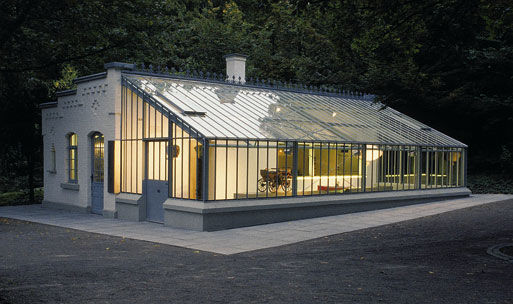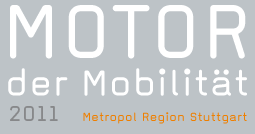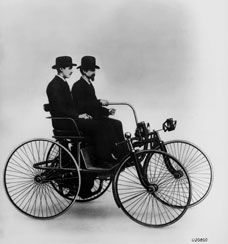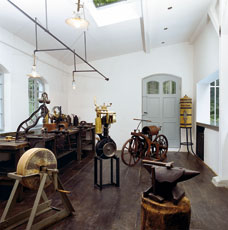“The car has no future.
I’m putting my money on 
the horse.”
Kaiser Wilhelm II,
German Emperor
Kaiser Wilhelm II was far from being alone in holding this opinion. At the end of the 19th century, the cultured middle class, in particular, entertained grave doubts about the passion for speed and the potential health risks for people entailed by it.
Luckily, this did not discourage the inventive minds in southwest Germany from renouncing their belief in the success of self-propelled motor vehicles. The 3rd of July 1886, the day on which Carl Benz first drove through the streets of Mannheim in his three-wheeled patented automobile, heralded the new age of personal mobility.
As early as 1883 developed Gottlieb Daimler and Wilhelm Maybach the first high-speed combustion engine, a “gas engine with hot-tube ignition” in a garden pavillion in Cannstatt.
This marked the beginning of an unparalleled development of the Stuttgart region; there was no stopping the economic success. By 1929, one in 25 inhabitants owned a car.
Two men in a workshop
Along with Wilhelm Maybach, Gottlieb Daimler carried out their inventive work in the strictest secrecy in the latter’s garden pavillion in Stuttgart-Bad Cannstatt.
Their basic approach was to use only petrol as fuel for the engines and to build them into vehicles for use on land, sea and air. The secret work gave rise to suspicions that they were running a counterfeit money workshop. As the police, of course, only found tools and engine parts, Daimler and Maybach were able to continue their work undisturbed.

Gottlieb Daimler Memorial, Stuttgart-Bad Cannstatt







